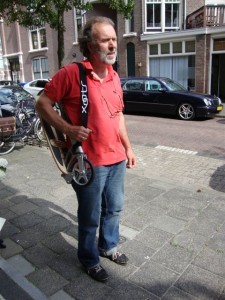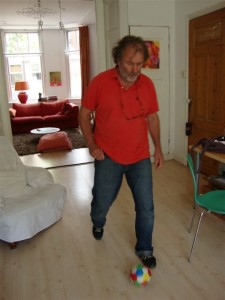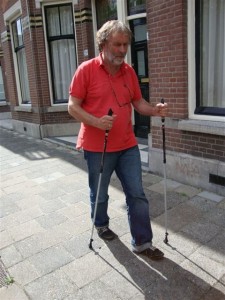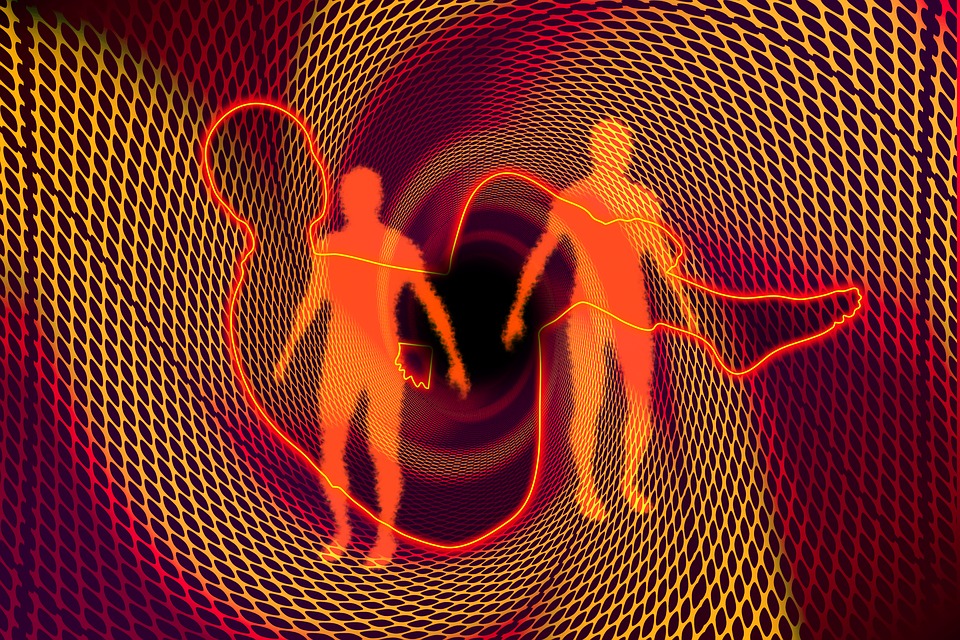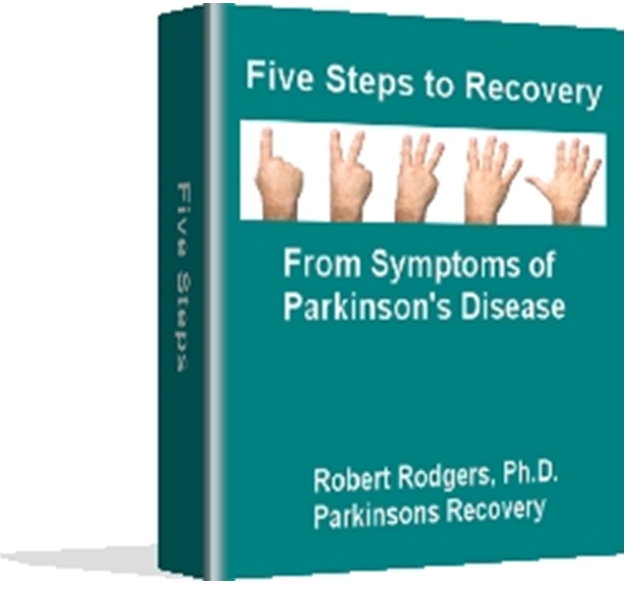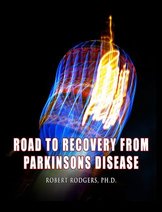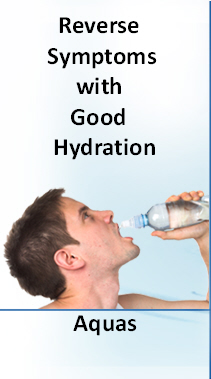Do you have any slow movement remedies to suggest? I never hear this question addressed. Are there any ways to overcome this? It is my worst symptom. People tell me I move very gingerly.
Thank you for your help.
Karen
The big picture is the reprogram your neural networks. It appears that your movements are being controlled by neural pathways that are a bit rusty.
There is no reason for panic! The brain has an incredible capacity to reconfigure pathways. You just have to begin moving a bit differently to configure the new pathways which will make walking easier and require less effort on your part.
First, I suggest that you listen to my interview with Professional Dancer Pamela Quinn from New York City which I aired a number of years ago. Pamela offers a number of suggestions you will find helpful.
Pamela Quinn danced professionally for 20 years with ODC/San Francisco and with actor/writer MichaelO’Connor before being diagnosed with Parkinson’s Disease at age 42. Pamela has developed an amazing range of creative movements, exercises and dances that have helped herself and others cope with the many and various symptoms of Parkinson’s Disease. Learn more about her at www.pamelaquinn.net
Second, I suggest that you add a little music (with a nice hefty beat) when you walk. Use an MP3 player or IPOD or something portable. Find some music you like to listen to which has a marching type of beat. Music with a strong beat does wonders for movements that are slow and cumbersome. Michael Jackson recorded some great songs with incredible beats you can dance to.
Third, there are a number of brain challenge exercises and programs which provide great ways to forge new neural pathways. You might try out a few. They always have free ones to try out on the internet.
Fourth, one of the fun slow movement remedies is this. Inside of thinking of walking from point A to point B, think to yourself that you will dance from Point A to Point B. You may be surprised by the difference created by the different in thought forms.
Robert Rodgers, Ph.D.
Founder 2004
Parkinsons Recovery




